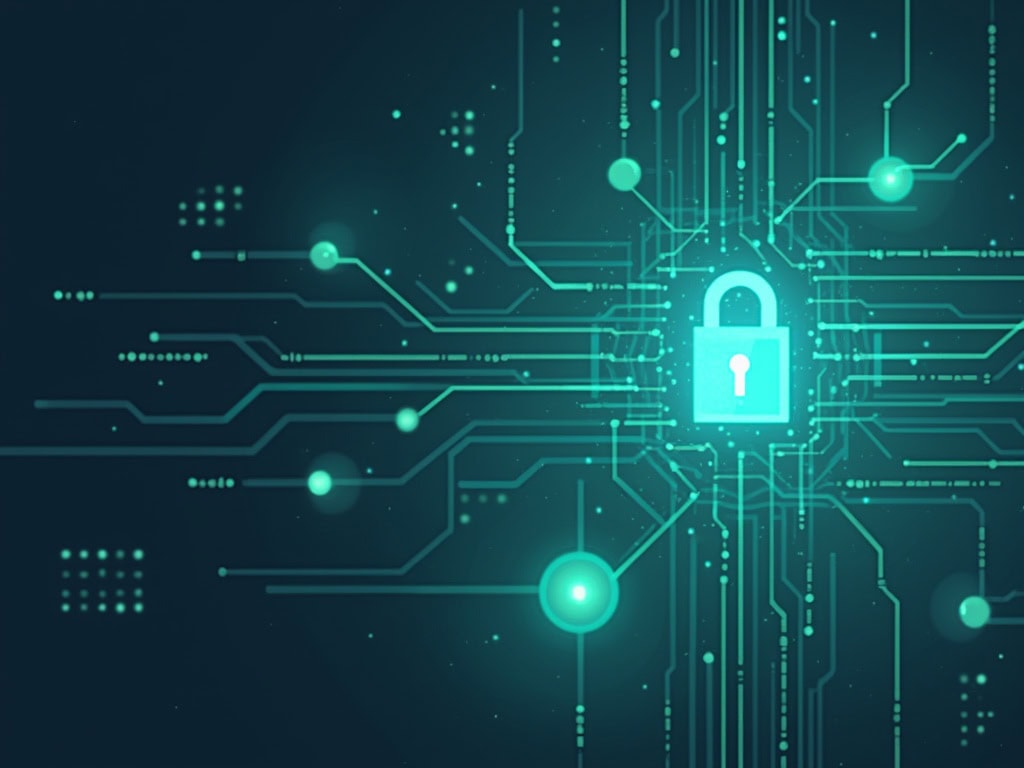Security Experts: Default Settings as Essential Cyber Defense Against Evolving Threats

Security Experts Advocate Default Settings as First Line of Defense Against Cyber Threats
Cybersecurity leaders are increasingly turning to default security settings as their primary defense strategy against evolving digital threats, according to security expert Yuriy Tsibere. This approach, which aligns with modern enterprise cybersecurity strategy best practices, aims to stop attacks before they penetrate networks rather than detecting them after infiltration.
The shift comes as cybercrime has evolved from minor nuisances to a billion-dollar criminal enterprise, requiring more proactive defense measures. Security professionals now emphasize preventing attacks through strategic configuration choices rather than just responding to breaches.
Critical Default Security Measures
Multi-factor authentication (MFA) stands as a cornerstone of modern security protocols. Organizations should implement MFA across all remote services, including SaaS platforms and domain registrars. While text message authentication exists, experts advise against it due to interception risks.
The deny-by-default approach has emerged as another powerful security tool. This strategy blocks all applications by default, only allowing pre-approved software to run. Organizations implementing comprehensive cybersecurity protection measures find this method effectively prevents ransomware execution and blocks unauthorized remote access tools that attackers often deploy through social engineering.
Strategic Configuration Changes
Several quick configuration adjustments can significantly reduce security risks:
- Disabling Office macros to block common ransomware vectors
- Implementing password-protected screensavers
- Removing local admin rights from standard users
- Blocking unused ports and limiting outbound traffic
- Controlling application behaviors through tools like ThreatLocker Ringfencing™
Enhanced Security Controls
Organizations should implement strict data controls, including:
- Blocking unauthorized USB drives
- Limiting file access permissions
- Filtering unapproved SaaS applications
- Monitoring file activity for suspicious behavior
- Implementing advanced network hardening techniques
- Regular security awareness training for employees
- Automated patch management systems
- Continuous monitoring and logging
According to the Cybersecurity & Infrastructure Security Agency, this security-by-default mindset represents a fundamental shift in cybersecurity strategy, moving from reactive to proactive defense. As Tsibere notes, "Attackers only have to be right once. We have to be right 100% of the time." By implementing these measures, organizations can significantly reduce their attack surface and better protect against evolving cyber threats.
The implementation of robust monitoring solutions and regular security assessments ensures these default security measures remain effective against emerging threats. Organizations should regularly review and update their security configurations to maintain optimal protection levels.

